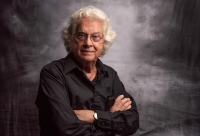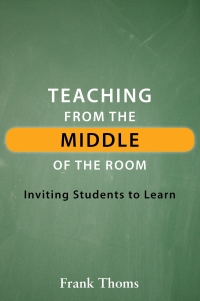Learning to Look
Take the first question, What do I see? Once asked, we have to pause, to wait. Engagement happens. Conversations ensue. What people say becomes central.
What do I think? extends the engagement. Thinking activates the frontal cortex, time needed to listen, reflect, respond.
How can I learn more? invites the habit of stepping back to see further possibilities. It invites pauses, openings to discovery while avoiding jumping to conclusions.
What might it mean? Whatever the topic, this question can provide context, for connection, for discovering what might be neglected.
How do I feel about it? adds the emotional component necessary for learning and retention.
For teachers, Ladd’s five questions slow the pace of coverage and invite students to observe, think, discover, interpret––and express their feelings. Every classroom would benefit.
Applying Ladd’s “Learning to Look” questions would engage what is in front of us, not simply let it pass by. The twenty-first century has introduced an onslaught of distractions. Cable News has intensified, social media is in everyone’s hands, and political polarization has strained people’s patience. With so much coming at us, we may feel we have barely any time to pay attention before being lured into the next thing. Ladd’s five questions bring pause and allows for perspective.
Taking in Ladd’s five questions brings pause and invites us to contemplate what’s around us, to slow the impact of disheartening edicts and interruptions in our lives. If we ignore her invitation to engage, we could become a conduit of others’ thinking where mis- and disinformation make inroads and rabbit holes await.

